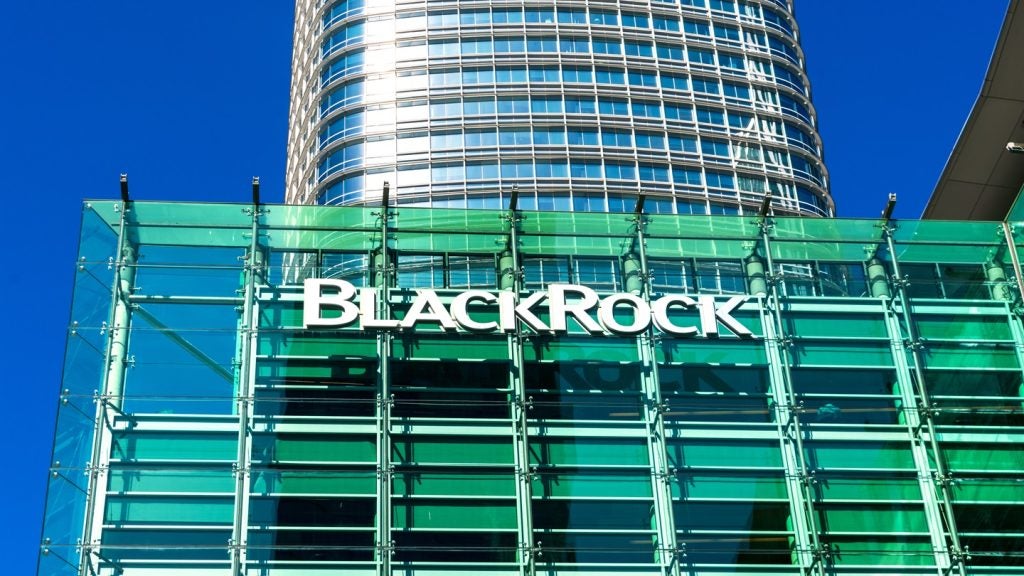
82% of European fund managers feel that there is not enough transparency in the FX market, according to a recent survey by MillTechFX, an innovator of FX-as-a-Service.
In the UK, it is a lesser concern as only 73% of fund managers feel there is a lack of openness.
Fund managers confront a major FX difficulty, which, according to the research, is probably caused by failing to assess the market by obtaining comparative quotes. This is one of the reasons why the market is so opaque.
As part of MillTechFX’s global research series, the European Fund Manager CFO FX Report 2024 strives to give readers a glimpse into the FX challenges that fund managers worldwide face and how they are adjusting their hedging techniques, overall priorities, and FX risk management strategies to remain ahead of the competition.
Series results
The expense of FX hedging is increasing everywhere; 84% of fund managers in Europe, 75% of fund managers in the UK, and 71% of fund managers in North America reported that their hedging expenses had gone up in the previous year.
Although FX volatility has dropped since peaking at the end of 2022, currency movements continue to have a substantial impact on European fund managers, with 89% reporting that EUR volatility impacted their returns and 88% noting that FX was crucial to their company.
How well do you really know your competitors?
Access the most comprehensive Company Profiles on the market, powered by GlobalData. Save hours of research. Gain competitive edge.

Thank you!
Your download email will arrive shortly
Not ready to buy yet? Download a free sample
We are confident about the unique quality of our Company Profiles. However, we want you to make the most beneficial decision for your business, so we offer a free sample that you can download by submitting the below form
By GlobalDataIn order to safeguard their profits, fund managers are giving hedging techniques top priority.
Of them, 77% hedge their forecastable currency risk, 88% plan to do so, and 53% are exploring hedging for the first time.
Three-fifths of European fund managers that hedge forecastable risk do so in considerable amounts, while nearly one-fifth (17%) hedge all of their exposure.
Furthermore, the average hedge ratio among European fund managers is 40-49%, with 61% reporting an increase over last year and only 7% reporting a decrease.
The average hedge duration was 4.82 months, with 52% indicating it was longer than the previous year and only 6% stating it was shorter.
With regard to the future, barely 19% of European fund managers are reducing their hedge ratio and 16% are decreasing their hedge window, compared with 50% growing their hedge ratio and 40% extending their hedge window.
Eric Huttman, CEO at MillTechFX, stated: “Despite being one of the largest markets in the world, the FX market is also one of the most opaque. Fund managers across the globe come up against hidden costs and usually only work with a small number of counterparties due to operational complexities, meaning they’re often left in the dark about whether they get a good deal or not.
“Despite volatility calming and the increasing price of hedging, it’s clear FX is impacting European fund managers’ returns and, as a result, they are prioritising FX risk management. In the past year, the majority have increased their hedge ratio to protect their returns while lengthening their hedge lengths, most likely to give them more certainty.’’
Additional findings
- The worldwide counterparty diversity movement is being led by Europe;
- There is a robust push for automation in Europe;
- The impact of ESG attributes on selected counterparties is an international focus, and
- There is still a strong dependence on manual processes.







